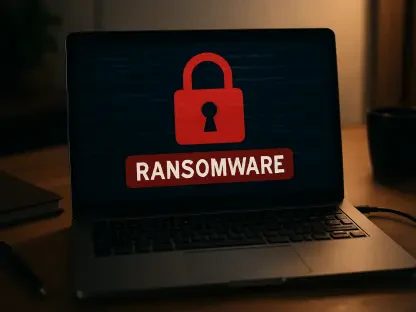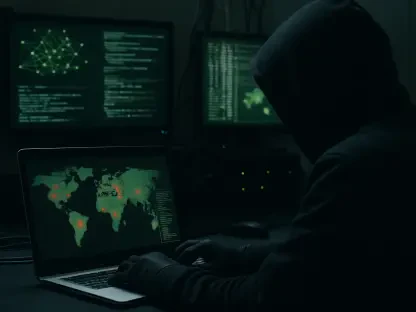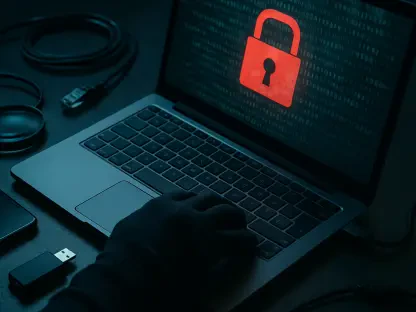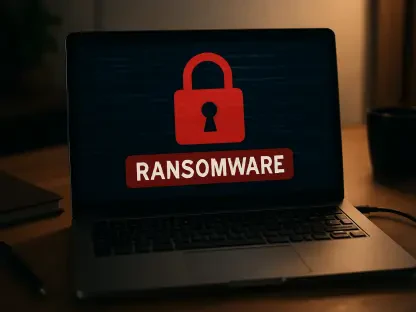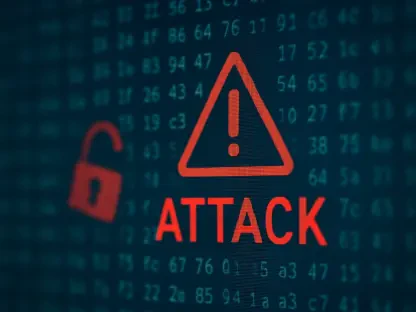Earlier this month, Scholastic, a well-known educational publisher, faced a significant cybersecurity incident that exposed sensitive information relating to 8 million individuals, including both customers and education professionals in the United States. The hacker, who goes by the pseudonym “Parasocial,” gained unauthorized access to Scholastic’s employee portal and extracted sensitive data. Even though Parasocial possesses this information, they have stated no intent to leak it, instead urging the company to implement multi-factor authentication to mitigate such security breaches. Scholastic’s response and the detailed implications of this breach merit a closer examination to understand the consequences and necessary security improvements.
The Breach Details
Hacking Methods and Exposed Data
The data breach exploited vulnerabilities within Scholastic’s system, primarily due to stolen employee credentials that were compromised by malware. Consequently, the hacker managed to access an extensive amount of sensitive information, including names, email addresses, phone numbers, and home addresses. Notably, Parasocial was constrained by an export cap on Scholastic’s servers, leading to the extraction of over 4.2 million unique email addresses after removing duplicates. This significant number includes approximately 1 million records associated with education professionals, illustrating the vast scope and impact of the breach.
Despite the hacker’s claim of not intending to release the stolen data, the breach underscores the glaring vulnerabilities in cybersecurity defenses at large organizations like Scholastic. It emphasizes the critical need for more stringent measures, such as multi-factor authentication, to prevent unauthorized access. Scholastic has acknowledged the breach and has initiated an investigation. In affirming the importance of safeguarding customer data through extensive systems and protocols, Scholastic highlights its commitment to data security. However, this incident raises pertinent questions about the adequacy of those measures in today’s evolving cyber threat landscape.
Investigative Measures and Responses
In the wake of the breach, Scholastic’s acknowledgment was met with promises of a thorough investigation to understand the full extent of the breach. During the investigation, the company aimed to identify the exact methods used by Parasocial to exploit their system and the potential long-term impacts on their customers and employees. Scholastic reiterated its dedication to adhering to cybersecurity best practices, postulating the need for continuous security assessments and updates to prevent such incidents in the future.
The hacker’s unusual motive of advocating for heightened security rather than causing immediate harm or financial gain brings attention to broader principles of ethical hacking. In this context, the role of hacktivists like Parasocial, who operate within a legal grey area to bring about positive change, becomes a focal point. While purely malicious hackers seek financial gain or disruption, ethical hackers may prompt organizations to strengthen their security measures. This breach thus serves as an essential case study in understanding the balance between cyber defense strategies and the evolving role of ethical hackers in the modern digital age.
Broader Implications and Industry Responsibility
Reflecting on Corporate Security Measures
The Scholastic data breach sheds light on the frequent occurrence of cyber vulnerabilities in sizable organizations and the pressing need for advanced security operations to protect sensitive information. It illustrates an increasing trend in cybersecurity practices, where breaches like this one are becoming more commonplace. The onus falls on companies to continuously bolster their defenses and regularly update their protocols to prevent breaches of this magnitude. As companies undergo digital transformation, the necessity for robust cybersecurity becomes even more paramount, reinforcing the need for continuous vigilance and adaptive cybersecurity measures.
The incident calls for an industry-wide reassessment of security protocols, urging organizations to be proactive in mitigating potential threats. Implementing advanced security measures, like multi-factor authentication and comprehensive employee training programs, could significantly enhance the protection of sensitive data. Reinforcing cybersecurity frameworks and conducting regular audits can help in preemptively identifying and addressing vulnerabilities, thereby minimizing the risk of future breaches. Scholastic’s experience serves as a reminder of the evolving challenges in cybersecurity and the critical need to adapt to protect valuable data assets.
The Ethical Hacker Conundrum
Earlier this month, Scholastic, a renowned educational publisher, encountered a significant cybersecurity breach that compromised the sensitive information of 8 million individuals, encompassing both customers and education professionals in the United States. The hacker, known by the pseudonym “Parasocial,” illegally accessed Scholastic’s employee portal and extracted confidential data. While Parasocial now holds this information, they have professed no intention to release it publicly. Instead, they have urged the company to adopt multi-factor authentication to enhance security measures and prevent similar breaches in the future. Scholastic’s response to this incident, as well as the broader implications of the breach, deserves close scrutiny to understand the potential consequences and the necessary improvements in their cybersecurity framework. This incident underscores the vital importance of robust cybersecurity practices to safeguard sensitive data in an era of increasingly sophisticated cyber threats.



